One of the Bay Area’s few remaining maritime chaparral plant communities would be changed forever if the Oakland Zoo gets its away tomorrow, as it may well do.
The Zoo aims to expand into the surrounding City of Oakland public open space, Knowland Park, for a new exhibit about locally extinct, California native wildlife. To offset the project’s impacts on the endangered Alameda whipsnake, the Zoo has applied for a conservation easement on 22 acres of parkland. This is one of the final regulatory hurdles it needs to overcome before breaking ground, as the Zoo hopes to do next year.
The Oakland City Council is scheduled to vote on the easement tomorrow (Tuesday) night. Critics, who plan to turn out in full force at the meeting, say the wildlife in Knowland Park would be better off with no easement, and no Zoo expansion.
In light of the significance of Knowland Park, which was off many conservationists’ radar until recently, Bay Nature caught up with Laura Baker of the East Bay Chapter of the California Native Plant Society to find out why Knowland Park is worth knowing about and protecting. Note: Baker is a prominent critic of the Zoo’s expansion project.
For those of you who would like to attend, the Oakland City Council meeting begins at 5:30 pm on Tuesday, Nov. 18 at Oakland City Hall, 1 Frank Ogawa Plaza, in City Council chambers.
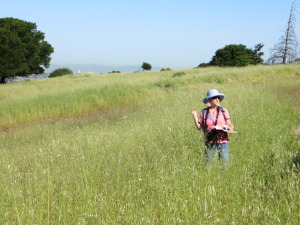
What’s in Knowland Park and why did it take so long for anyone to recognize its significance?
Knowland Park contains one of the most compact areas chock full of rare resources in the East Bay. With three rare plant communities (two in the project area), two statewide rare plant species, several dozen locally rare plant species, and a listed wildlife species, the park is one of the California Native Plant Society’s high priority targets for conservation in our two-county chapter area. Knowland Park has been one of the best kept secrets from the public because there aren’t any signs to mark its location and because most people think that Knowland Park is synonymous with the Zoo. Within the botanical world, a few people knew of some of the biodiversity, but the park was not fully explored and much of the existing information was not widely shared or dispersed until very recently.
What is Knowland Park’s contribution to the wider, Bay Area habitat conservation goals?
Knowland Park is the poster child for how city parks can be a repository for wildlife and native plant habitat, despite the massive development pressures of urban life. It’s a living lab that contains exemplary stands of native bunchgrass, rare maritime chaparral, extraordinary lichen and fungi, and a host of other important natural features. These should be protected not only for their intrinsic value, but also for their ability to teach us about the wild within our midst. Conservation principles today show us that we must save remote, large areas of the wild, but we must also preserve rich open space that is close to the mass of humanity. City dwellers need to restore themselves in open space, and children need to learn the lessons that only direct experiences in nature can teach. For many children in Oakland, who rarely leave the City, Knowland Park is their Africa, their Amazon, and their Baja because it’s accessible to them.
How would the ecology of Knowland Park change if the Oakland Zoo project moves forward?
The Oakland Zoo project would take the heart of the park. Much of the richness of the park is concentrated on the western ridge, which is where the Zoo wants to build. Their plans would include grading native grassland and habitat for Alameda whipsnake, fencing maritime chaparral, removing heritage oak trees. Fencing such a large amount of land blocks the movement of wildlife, especially through the chaparral, which is of key importance to wildlife moving through the park. The notion that fencing off a plant community will protect it is a primitive one since a functioning ecosystem depends upon the flow of wildlife through it and even some of the disturbance that promotes adaptation. There are very few instances in conservation where fencing actually protects a resource. And of course, one can never fully restore native grassland that has been graded since the soil profile is permanently altered and invasive plants take over.
What about public access? Can people visit the park now, and how would that change?
Public access would be blocked to a total of 78 acres: the 56 acres that would be fenced and the additional 22 acres [under conservation easement] that would be signed off limits to the public.
Today the park is free and freely accessible to the public. The vast majority of park visitors use the proposed project area because it sits at the western ridge with spectacular views of five counties. If the project is built, 100 percent of the maritime chaparral would be permanently off limits to the public along with most of the best hiking trails that lead to the ridge.
What do you see as the best outcome for Knowland Park from a conservationist’s standpoint?
The best outcome for Knowland Park would be permanent protection from development and the creation of a resource management plan implemented by wise land stewards who don’t have a conflict of interest regarding the use of the land. None of these conditions exist today, but there’s no reason why they couldn’t in the future.
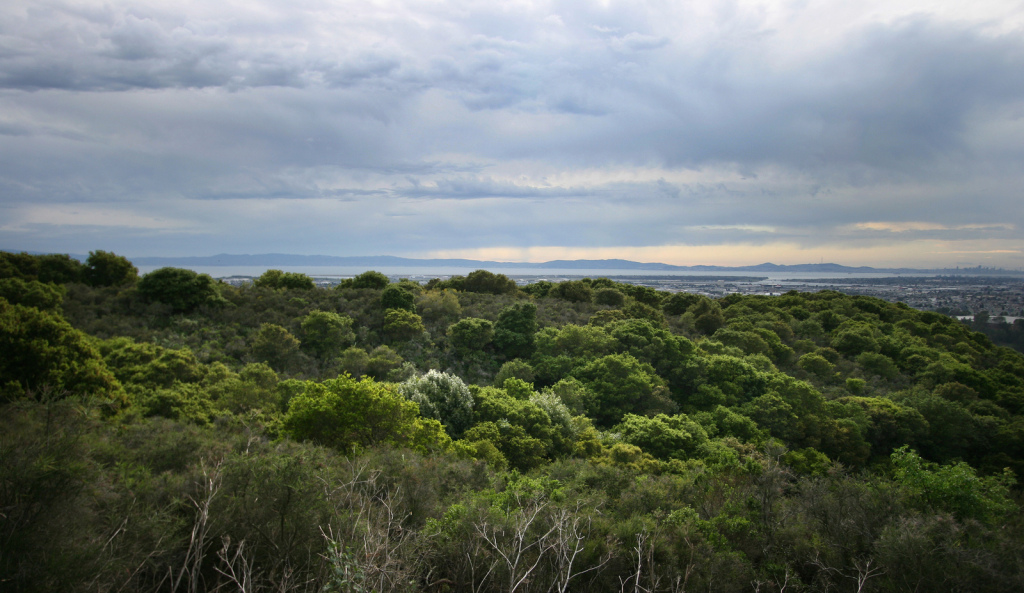
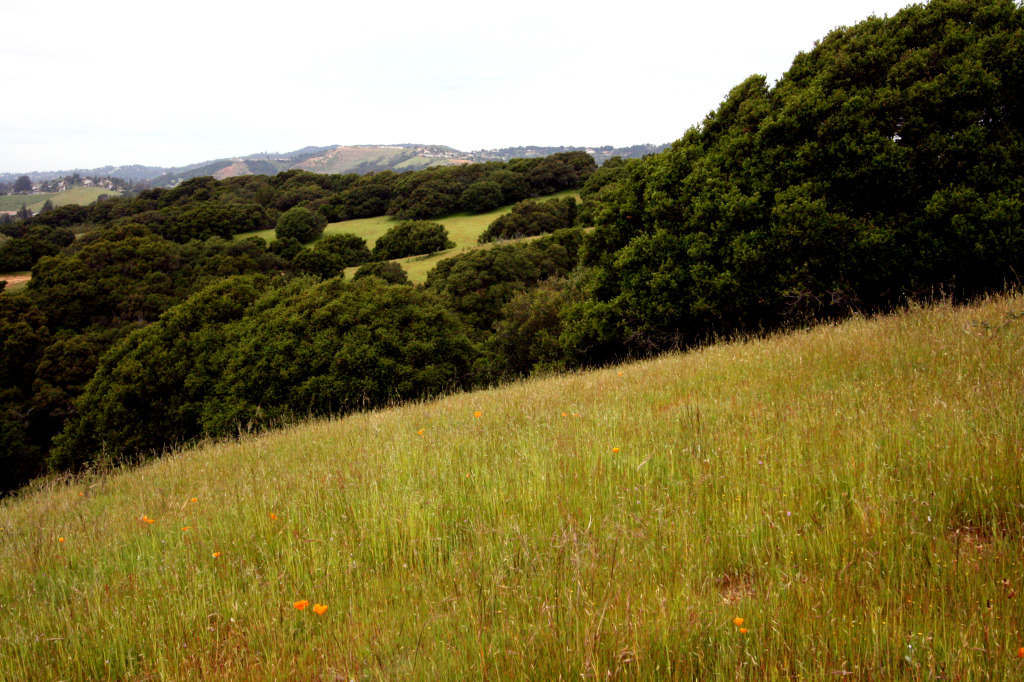

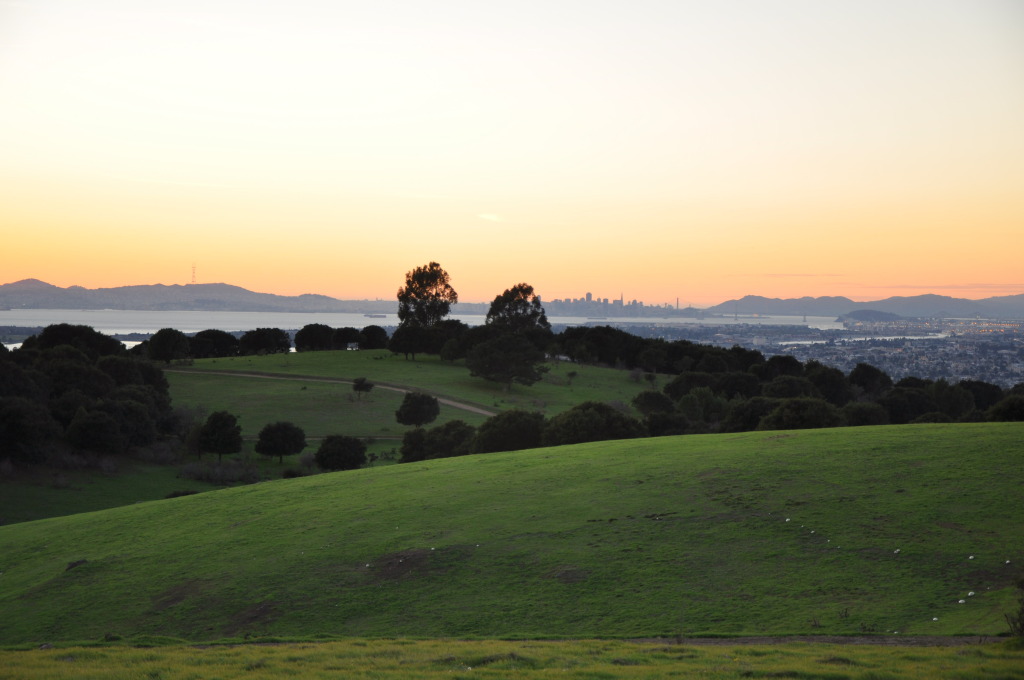
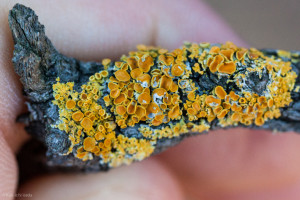
-300x221.jpg)
-300x221.jpg)
-300x221.jpg)